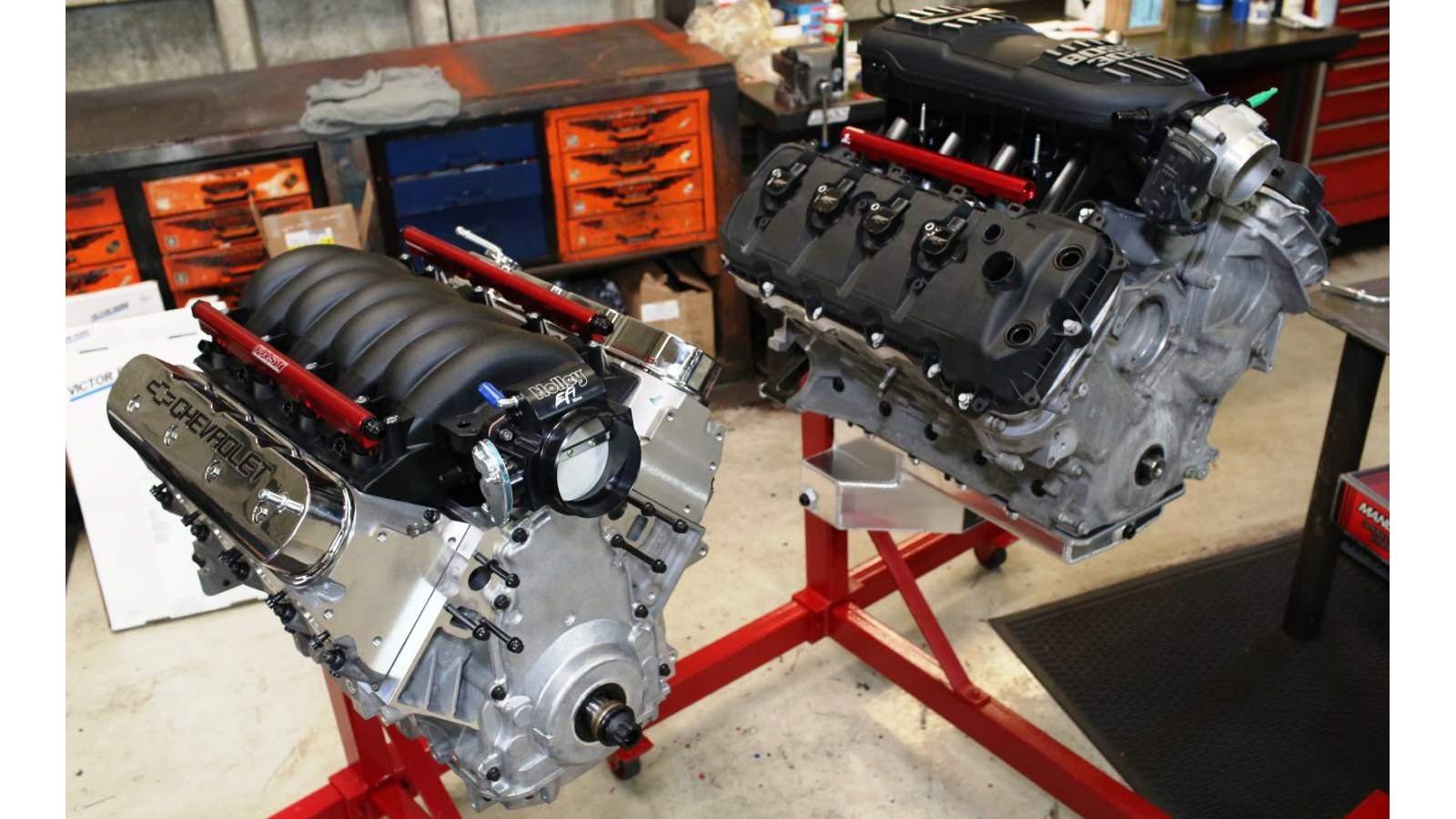6 Advantages of the Cam in Block/Pushrod Engine
#3
Burning Brakes


Seems to me that, years ago, the main argument for overhead cams was higher rpms.
#4
I'm surprised that we haven't yet got a better alternative to cam-driven valves, in general. Perhaps a servo-driven valve with continuously variable timing, duration, and lift on each of 4 or 5 valves per cylinder. Such a solution may have additional advantages like faster and therefore more precise opening and closing of the valves, which could be especially advantageous in forced induction applications. This could also be used to improve the Active Fuel Management / Displacement on Demand system. I guess the high temperatures and unrelenting changes in direction would cause too much stress for a servo motor; by the time such a system was developed enough to be reliable on a production engine, the EV's likely will have taken over anyway.
#5
Burning Brakes


Well the desmodromic system still has a cam but mechanically opens and closes the valves, while in F1 for years they've worked with pneumatic valve actuation systems. I imagine the cost associated there may be prohibitive in an American mass-produced car, but I really have no idea. I recall some talk years back about electric solenoids activating valves as well, but you don't see anything about that nowadays.
Renault did some work with electro-hydraulic valve systems but that's not in production anywhere that I know of.
So there are lots of ideas out there other than pushrods and OHC, but what would be ideal for the Corvette? If you're not revving over 10 grand, it's not that big an issue. The best part would be infinitely variable valve timing and some weight savings (presumably) but again, at what cost?
If anyone can figure it out, I'm sure GM can throw the resources at it and make it happen.
Renault did some work with electro-hydraulic valve systems but that's not in production anywhere that I know of.
So there are lots of ideas out there other than pushrods and OHC, but what would be ideal for the Corvette? If you're not revving over 10 grand, it's not that big an issue. The best part would be infinitely variable valve timing and some weight savings (presumably) but again, at what cost?
If anyone can figure it out, I'm sure GM can throw the resources at it and make it happen.
#7
Burning Brakes


Not having a timing chain/belt would shorten the engine length; ideal for a mid-engine installation.
There was also some chatter years ago about rotary valves, not like 2 stroke but valves in a head that rotate rather than reciprocate. Lots of possibilities there I think.
What ever happened to ceramic pistons?
There was also some chatter years ago about rotary valves, not like 2 stroke but valves in a head that rotate rather than reciprocate. Lots of possibilities there I think.
What ever happened to ceramic pistons?
#8
Team Owner


Member Since: Oct 2004
Location: altered state
Posts: 81,242
Received 3,043 Likes
on
2,602 Posts
St. Jude Donor '05

One day they will perfect the solenoid valve deal that will be a game changer. Aftermarket will eat chit. plug in a laptop and make your cam timing anything you want
#9
Variable valve timing and lift has proved valuable enough in addressing these compromises that every manufacturer now has some complicated variation on it now. But this system would introduce infinite variability, you could have a different setting for the valves at every engine speed, every throttle position, even adjustments for the intake air temp and manifold absolute pressure. When this becomes mainstream, ECU tuning will become orders of magnitude more complicated.
The other interesting part about this system is that you could have different size and shape ports on each valve, which could alter the flow characteristics of the intake and exhaust gasses on demand. This can't happen on a standard VVTL setup because you can't independently shut down individual valves, so having asymmetric ports would likely cause turbulence in the combustion chamber.
This will also be a very difficult thing for emissions regulators to police. With an aggressive cam you may not be able to pass inspection. With this system you just change to stock tune before inspection, sorta like VW has been doing.



